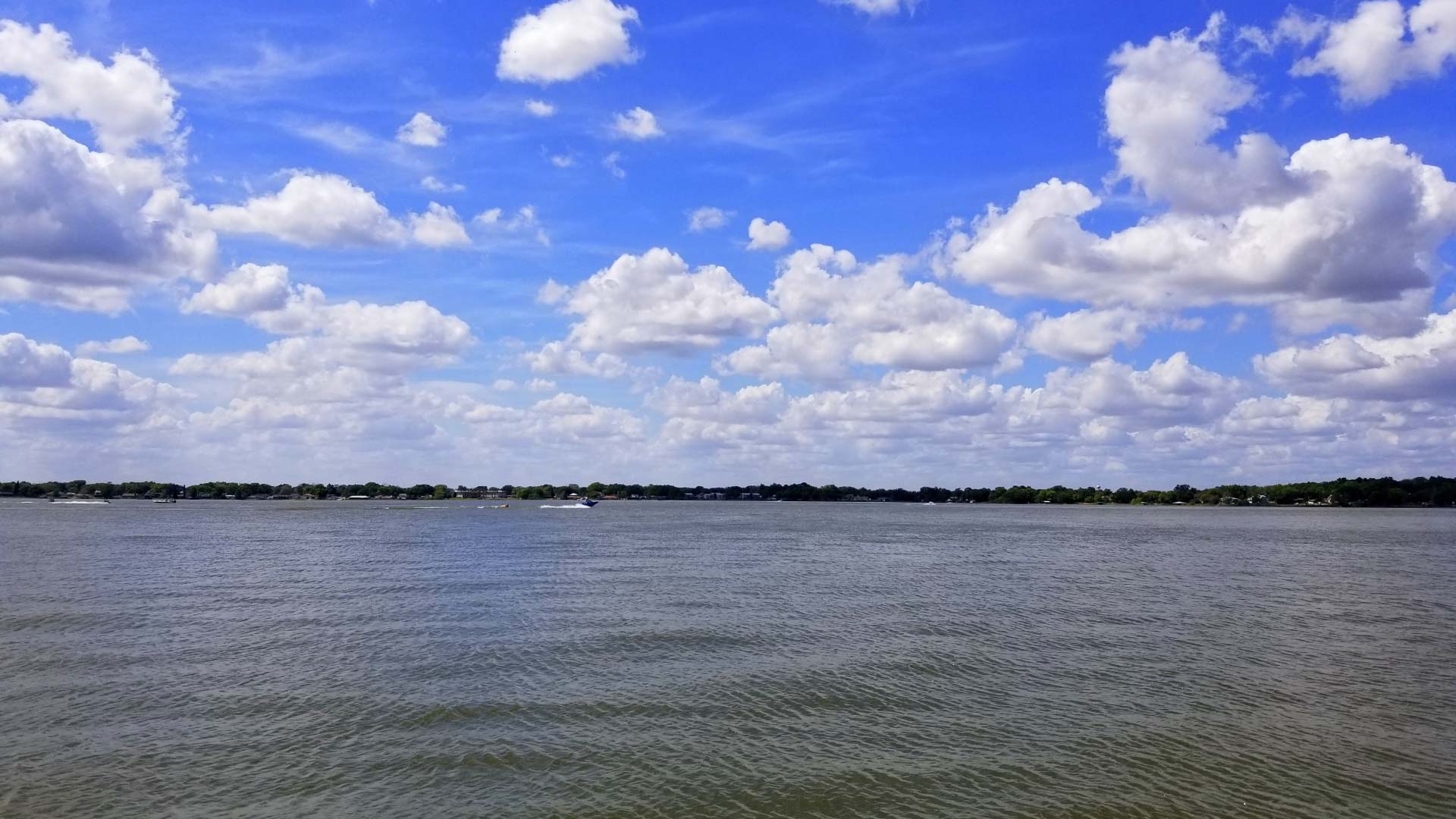Dredging and Sediment Removal at Heritage Park Lake
Heritage Park Lake in Olathe is now in the rain-dependent process of refilling following a comprehensive renovation project. The substantial completion of the project took place late this summer after more than a year of work, aimed at restoring the lake’s depth and enhancing its overall functionality. This article delves into the key aspects of the project, which included sediment dredging, storage capacity increases, and environmental improvements.
Restoring Depth Through Dredging
The primary focus of the project was dredging Heritage Park Lake to remove sediment that had accumulated over the years. Extensive sediment and native material were removed from the lake, as well as from 1,500 feet of stream located at the lake’s northern end. According to Project Manager Jim Wilson, sediment buildup had drastically reduced the lake’s depth.
“Before the dredging, much of the lake was less than a foot deep, especially at the north end,” said Wilson. “The average depth before dredging was 2.6 feet, and the deepest part was about eight feet. Now, after the project, the lake reaches a depth of 13.1 feet above the spillway.”
Increasing Storage Capacity and Water Quality Improvements
Boosting Water Storage Capacity
Originally, when the lake opened in 1980, it had a water storage capacity of 272 acre-feet. Over the decades, sediment accumulation reduced this capacity to 130 acre-feet. However, with the dredging and removal of Black Bob Island, the lake’s storage capacity has now increased to approximately 305 acre-feet.
Enhancing Water Quality with Sediment Forebay and Wetland Area
Another significant improvement involved the construction of a 10-acre sediment forebay and wetland area in the upper third of the lake. This area is designed to enhance water quality by filtering out sediments and allowing water to be cleaned before entering the main lake.
Environmental and Recreational Enhancements
Prevention of Future Sedimentation
To prevent sediment from re-accumulating in the lake, a sediment forebay was introduced. Wilson emphasized the importance of this addition:
“The sediment forebay acts as a management zone. As water flows through the forebay, it is cleaned by vegetation and sediment is filtered out. The forebay traps the sediment for removal every five to ten years.”
This approach has proven successful at other lakes, such as Shawnee Mission Park Lake, where sediment is periodically removed to maintain optimal water quality.
Addition of Deep-Water Fish Habitats
One of the most critical environmental improvements is the creation of deep-water pockets and synthetic fish habitats. The lake bottom has been reshaped to include pockets deeper than the original design, providing ideal refuge areas for fish. Alongside these pockets, spawning beds were built to improve fish breeding conditions, with three different spawning areas strategically placed throughout the lake.
Rock Piles to Support Fish Habitat
In addition to the deep-water pockets, several large rock piles were added to the lake’s bottom. These rock piles serve as additional fish habitat and contribute to the overall ecosystem’s health.
Recreational Opportunities and Future Plans
New Earthen Berm for Trail Connectivity
One of the most visible additions to the lake is an earthen berm located at the northern end of the lake, near the sediment forebay. This berm will eventually serve as a trail connection, allowing visitors to walk across the lake from east to west.
“Initially, the berm will be a mowed path, but there’s potential for a paved trail in the future,” Wilson noted.
Upcoming Projects and Public Input Opportunities
Although the lake renovation is nearly complete, additional work remains. Native species will be planted in the forebay area, and fish stocking will take place before the lake reopens to fishing, which is expected to occur in mid-2026. Trails on the west side of the lake are currently open, while those on the east side will remain closed until late October or early November due to a separate project near Shelter #1.
Looking ahead, JCPRD will begin updating the Heritage Park Master Plan. This process will include opportunities for public input and is expected to address access to the lake and future plans for the marina building.
Key Takeaways from the Heritage Park Lake Project
- Depth Restoration: The average depth of Heritage Park Lake increased from 2.6 feet to 13.1 feet above the spillway.
- Increased Storage Capacity: The lake’s water storage capacity has been boosted from 130 acre-feet to 305 acre-feet.
- Sediment Forebay: A 10-acre forebay will trap sediment and improve water quality.
- Fish Habitat Improvements: New deep-water pockets, rock piles, and spawning areas were added to support a healthier fish population.
- Trail Connectivity: An earthen berm will serve as a future trail connection across the lake.
The completion of this project marks a significant improvement in both the ecological health of Heritage Park Lake and the recreational opportunities it provides. With plans for continued improvements and a master plan update on the horizon, the lake will remain a vital community asset for years to come.
